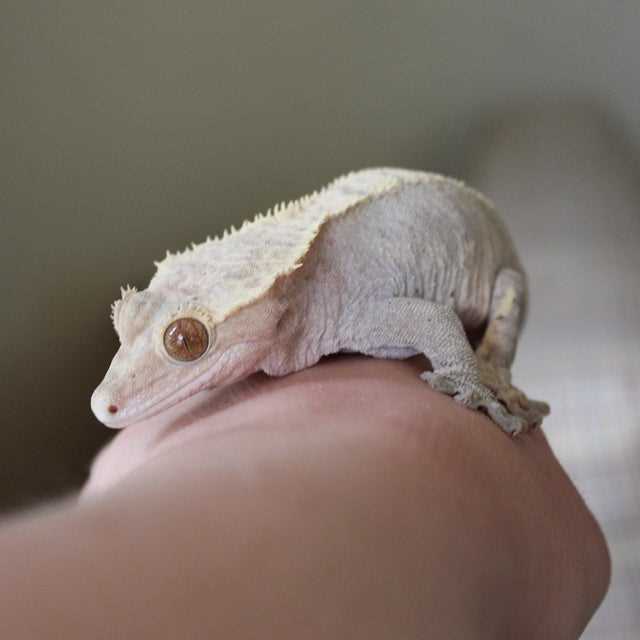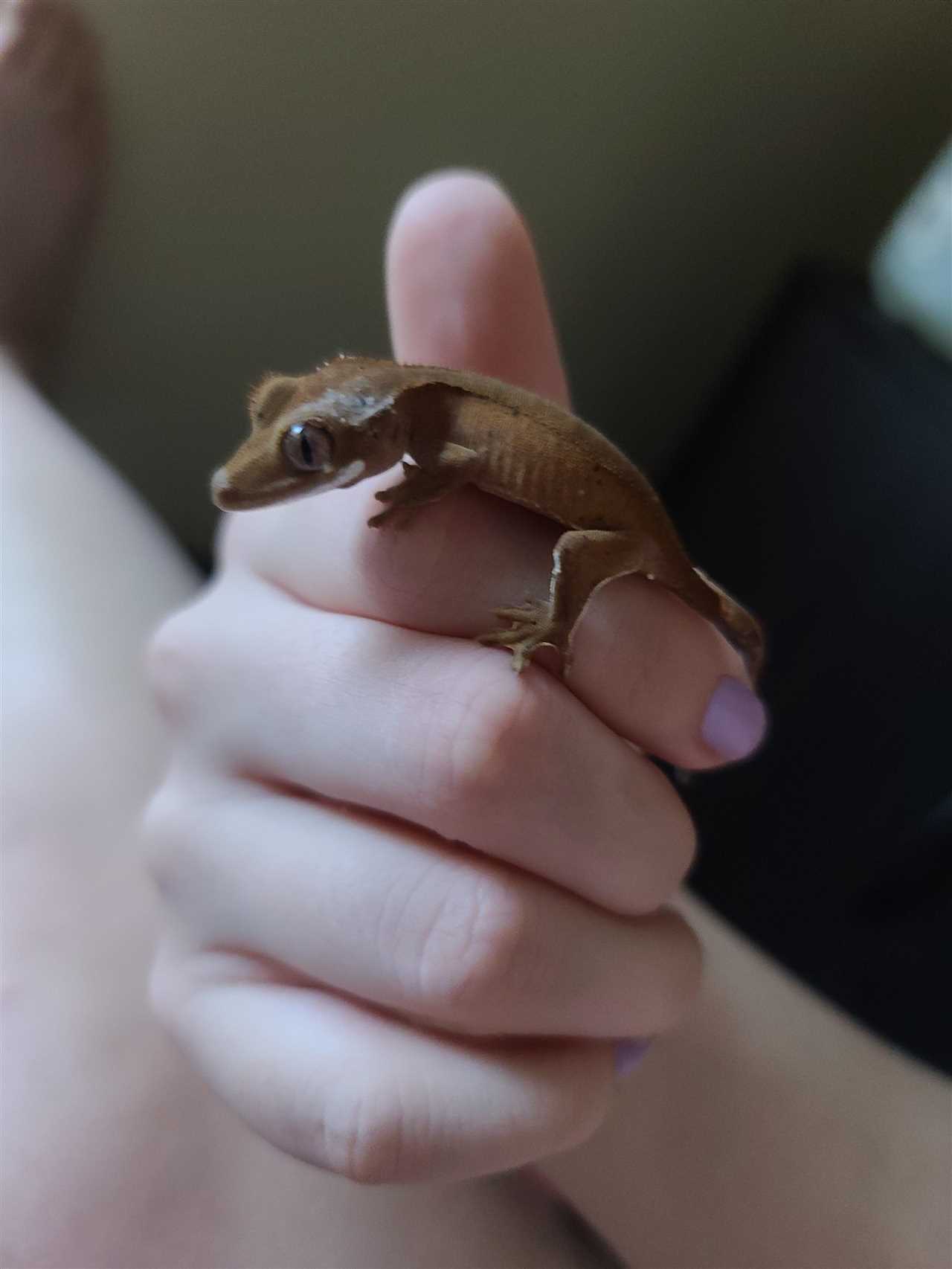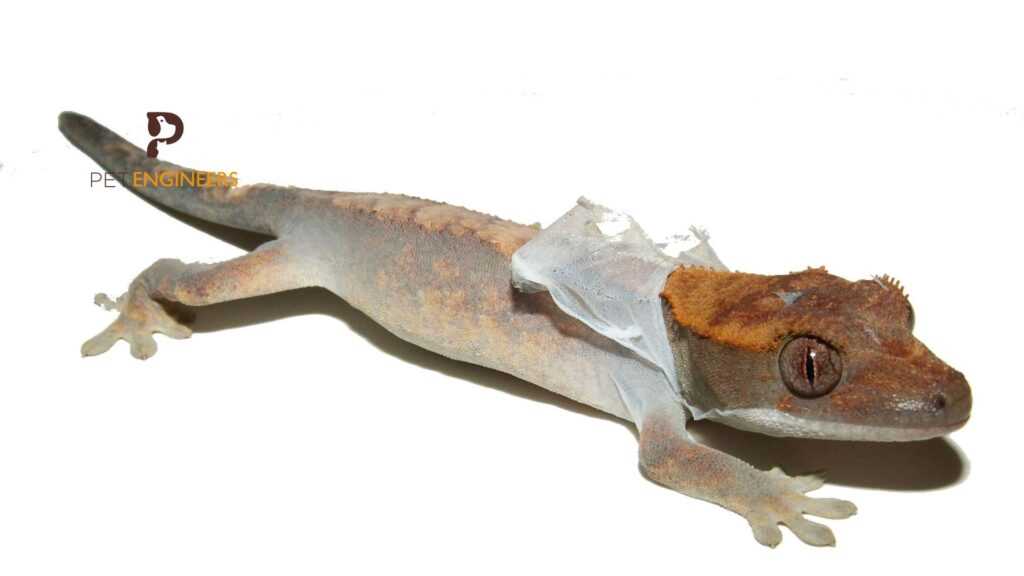| 1. Environmental Factors |
| If the temperature and humidity levels in the gecko’s enclosure are not suitable, it can lead to stress and a pale coloration. Crested geckos thrive in environments with moderate temperatures between 72-80°F (22-27°C) and humidity levels of 50-70%. Make sure to provide a proper heat source and maintain the right humidity to keep your gecko healthy. |
| 2. Health and Nutrition |
| Poor health and nutrition can also cause a crested gecko to become pale. Make sure your gecko is being fed a balanced diet consisting of commercially available crested gecko food, as well as occasional live insects. Providing them with proper supplements and regularly monitoring their health can help prevent pale appearance. |
| 3. Shedding Process |
| During the shedding process, crested geckos may appear paler than usual. This is because they are shedding their old skin, revealing the new, vibrant skin underneath. Ensure that your gecko has a proper humidity level and a rough surface, such as a branch or bark, to aid in the shedding process. |
| 4. Genetic Influences |
By considering these four key reasons, you can better understand and address the pale appearance of your crested gecko. Providing them with a suitable environment, proper nutrition, and monitoring their overall health will help ensure they stay vibrant and healthy.
Environmental Factors

One of the possible reasons for a pale appearance in crested geckos is due to environmental factors. These factors can include temperature, humidity, lighting, and habitat conditions.
Humidity levels also play a role in the coloration of crested geckos. If the humidity is too low, their skin may dry out, leading to a pale appearance. High humidity levels are essential for proper shedding and maintaining healthy skin. If the humidity is too high or inconsistent, it can result in stress and paleness.
The type and amount of lighting can also impact the coloration of crested geckos. They require a proper light cycle, including a day-night rhythm, to maintain their normal coloration. Insufficient or inconsistent lighting can lead to stress and a pale appearance.
Lastly, the overall habitat conditions, including the size and enrichment of the enclosure, can affect the coloration of crested geckos. If the enclosure is too small or lacks proper hiding spots and foliage, it can result in stress and paleness. Providing a spacious and enriched environment helps to mimic their natural habitat and promote their overall well-being.
One possible reason for a pale gecko is a lack of essential nutrients in its diet. Crested geckos require a balanced diet that includes a variety of foods, such as insects, fruits, and specialized gecko diet. If the gecko’s diet is lacking in certain nutrients, it can lead to a pale complexion.
Furthermore, environmental conditions can also play a role in the pale appearance of crested geckos. Inadequate temperature and humidity levels can lead to stress and health issues, which can manifest as paleness in the gecko’s skin color. It is essential for owners to create a suitable habitat with proper temperature gradients, humidity levels, and lighting to ensure the well-being of their gecko.
Shedding occurs when the gecko’s old skin becomes tight and uncomfortable. In order to grow, the gecko needs to shed its old skin and replace it with a new one. During this process, the gecko’s skin will become pale and may appear wrinkled or flaky.
There are several factors that can affect the shedding process in crested geckos. One factor is the humidity level in their environment. If the humidity is too low, it can cause the gecko’s skin to become dry and make shedding more difficult. On the other hand, if the humidity is too high, it can prevent the gecko’s old skin from properly peeling off.
Another factor that can affect shedding is the gecko’s health and nutrition. A healthy gecko with a balanced diet will have a smoother shedding process. On the contrary, a gecko that is malnourished or has a vitamin deficiency may have difficulties shedding its old skin.
- Ensure the humidity level in your gecko’s enclosure is between 50% to 70%.
- Provide a moist hide or a shedding box for your gecko to retreat to during shedding.
- Offer a balanced diet that includes a variety of insects, fruits, and pre-made gecko food.
- Monitor your gecko’s shedding process and provide assistance if necessary.
Why is My Crested Gecko Pale? Genetic Influences

Genetic influences can also play a role in the pale appearance of crested geckos. Some geckos may inherit genes that result in a lighter or paler coloration, even without any environmental or health factors affecting their appearance.
1. Selective Breeding
2. Recessive Genetic Traits
Recessive genetic traits can also contribute to the pale appearance of crested geckos. When two geckos with recessive genes for paleness reproduce, their offspring are more likely to have a pale coloration. However, not all offspring will be pale as other genetic factors can also influence the coloration. It’s also possible for a pale gecko to have dominant genes for paleness, meaning just one parent with the dominant gene can produce pale offspring.
In some cases, pale geckos may have a combination of both recessive and dominant genes, resulting in a lighter coloration that is not seen in either parent. The complex nature of genetics in crested geckos makes it important to consider multiple factors when assessing the pale appearance of an individual gecko.
3. Color Morphs

The specific genes responsible for these color morphs and their effect on the overall appearance of the gecko are still being studied and understood. However, it’s clear that genetic influences can play a significant role in the pale appearance of crested geckos.

I’m Lena Adams—a product of an unconventional upbringing in the African wilderness. My father, a daring explorer of African wildlife, sparked my fascination with reptiles, a passion that intertwined with the tragic loss of my mother during an expedition, leaving an indelible mark on my life. Driven to understand the creatures that captivated my parents, I embarked on my journey, sharing insights about reptiles, frogs, and lizards on my website. Through my explorations and conservation efforts, I honour my family’s legacy while seeking connections—to the creatures, nature, and the mother whose presence I yearn to understand.
